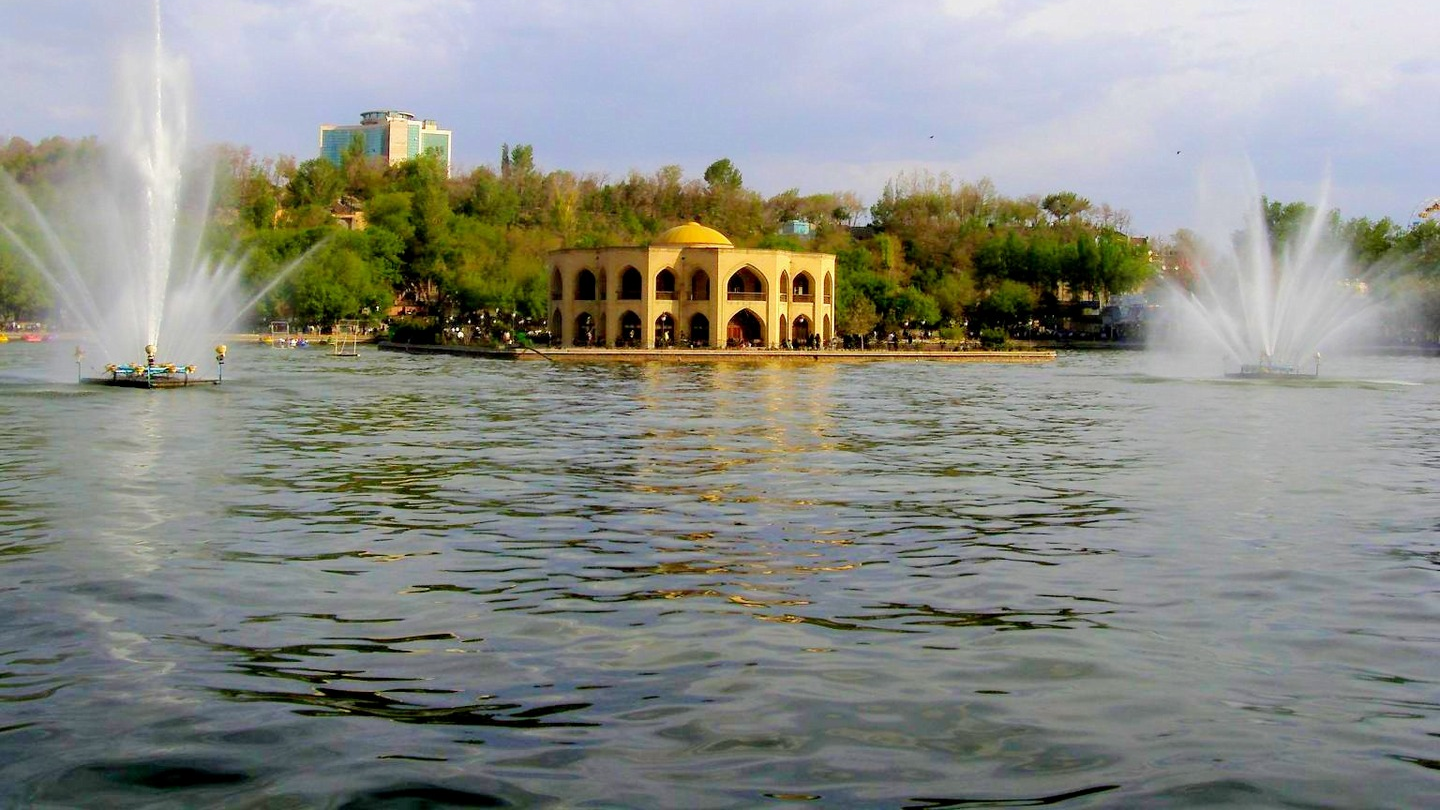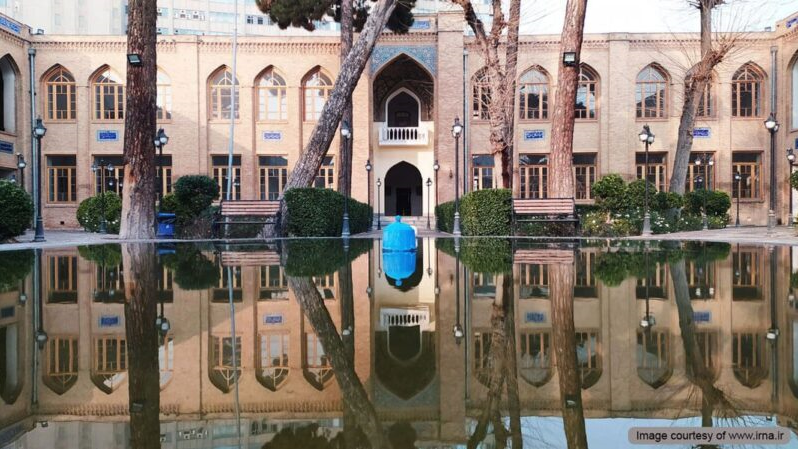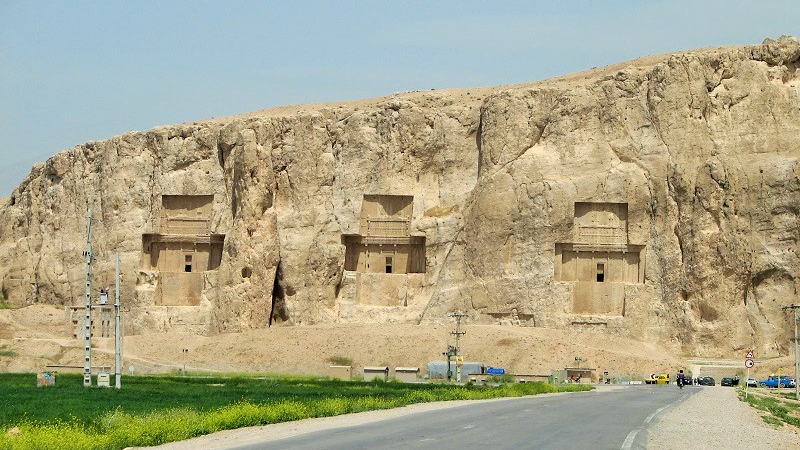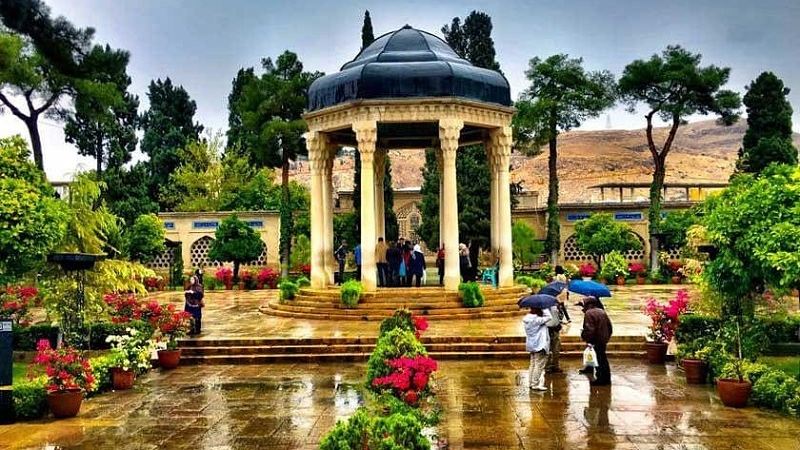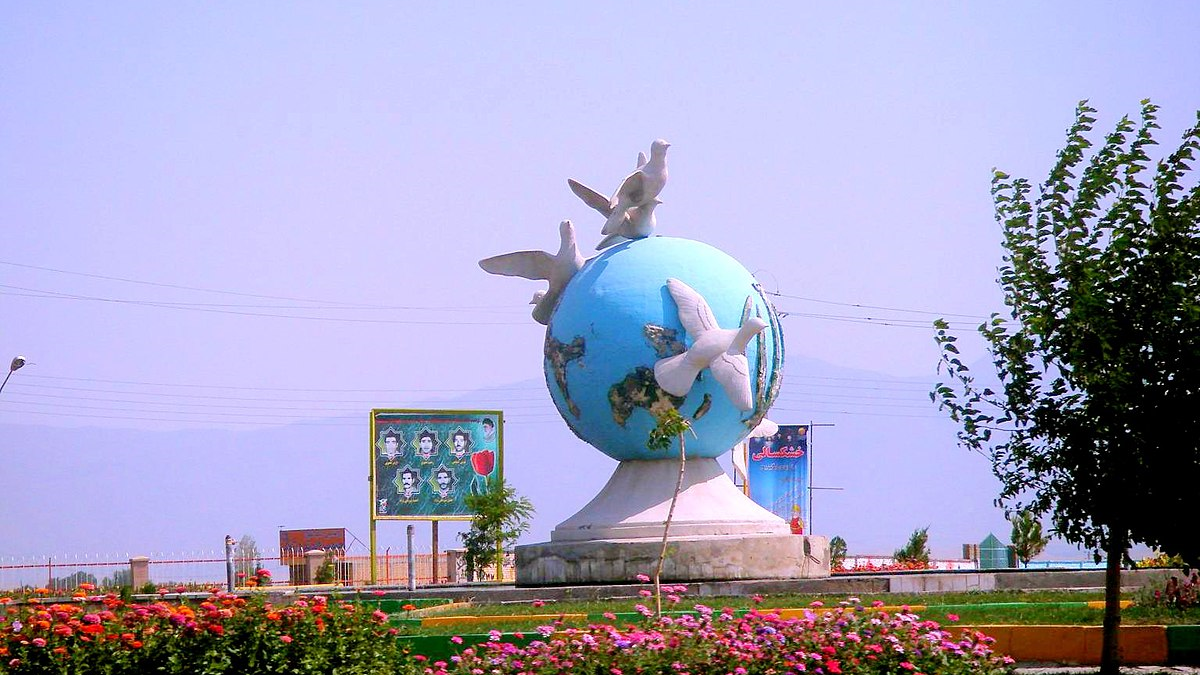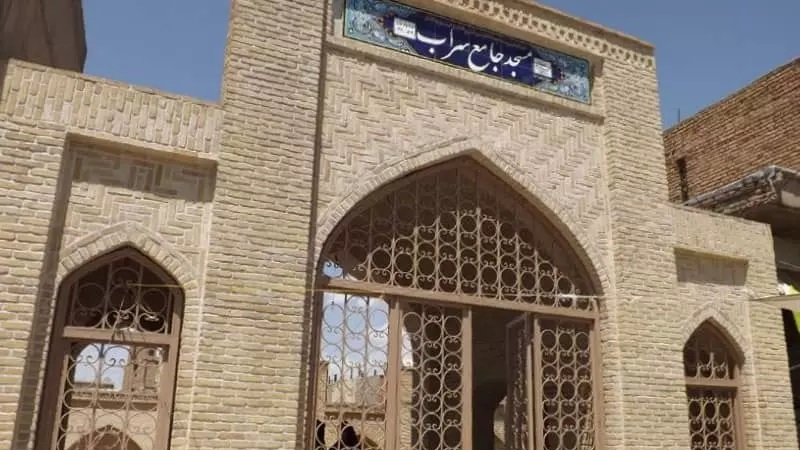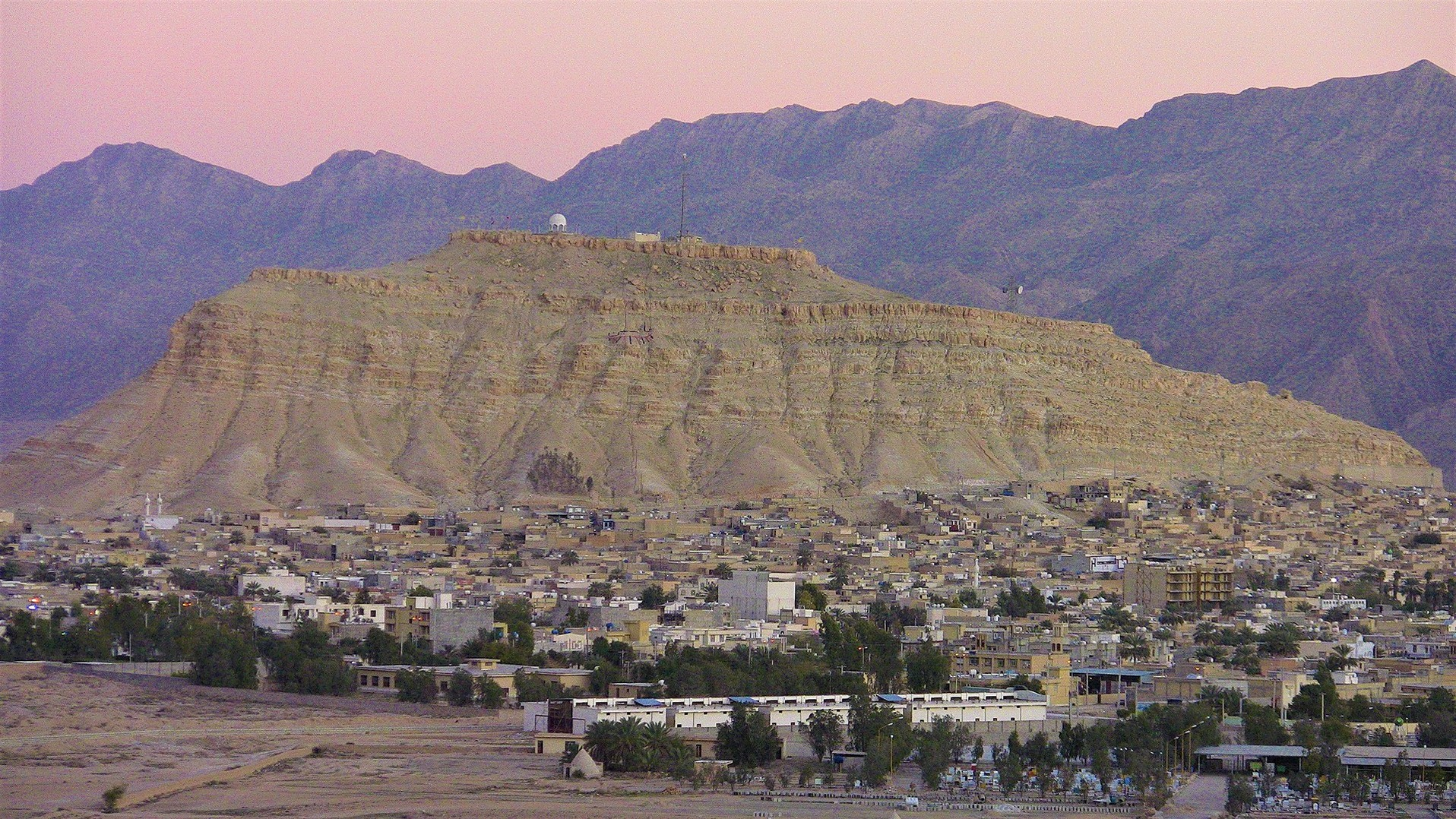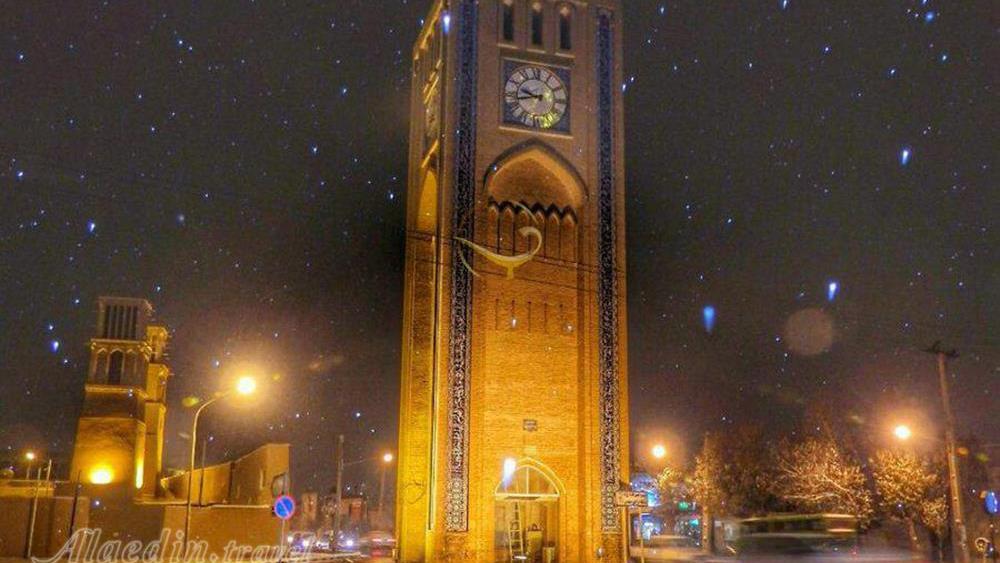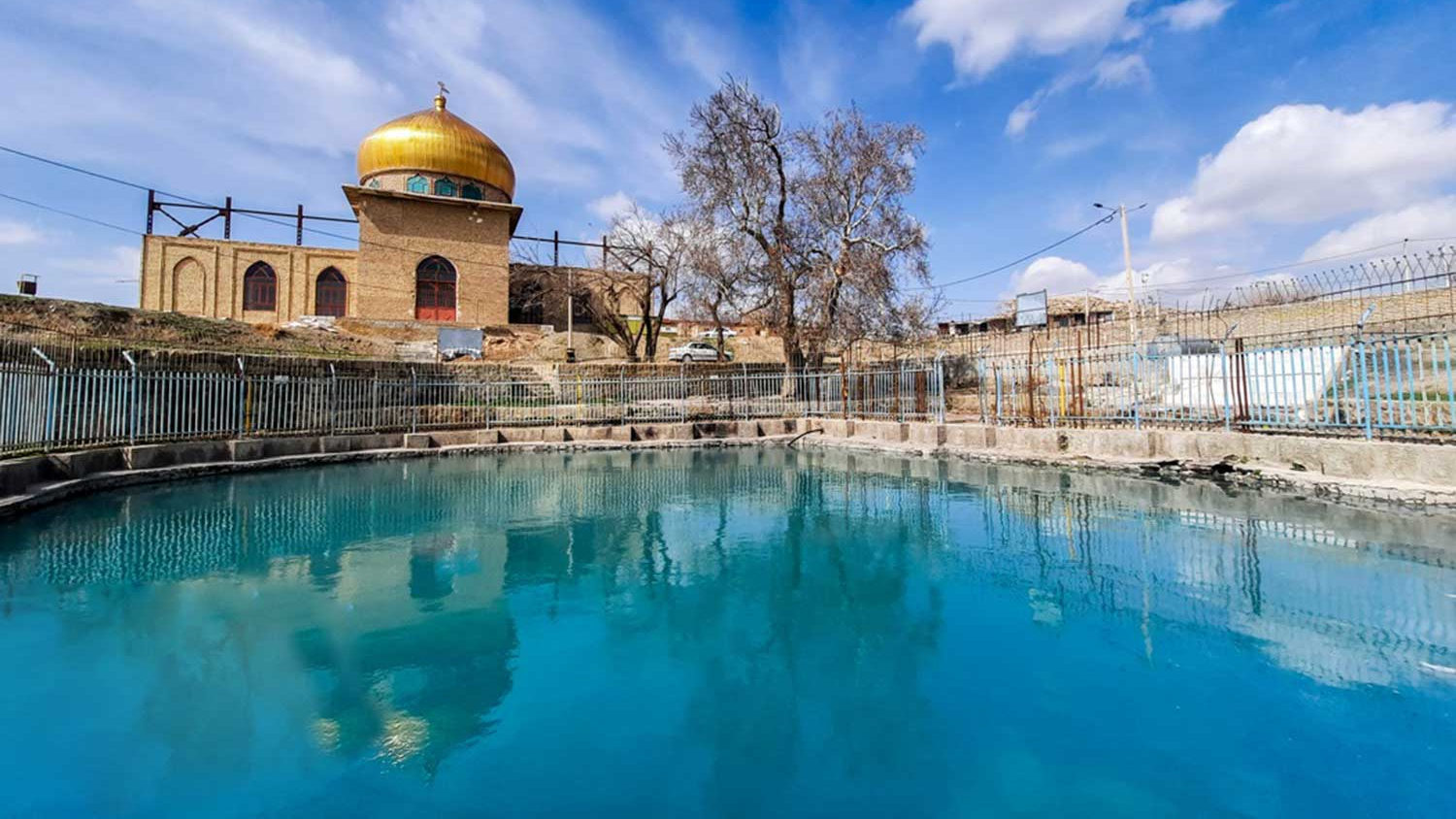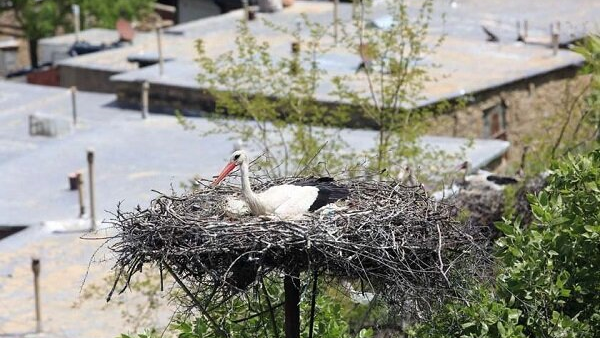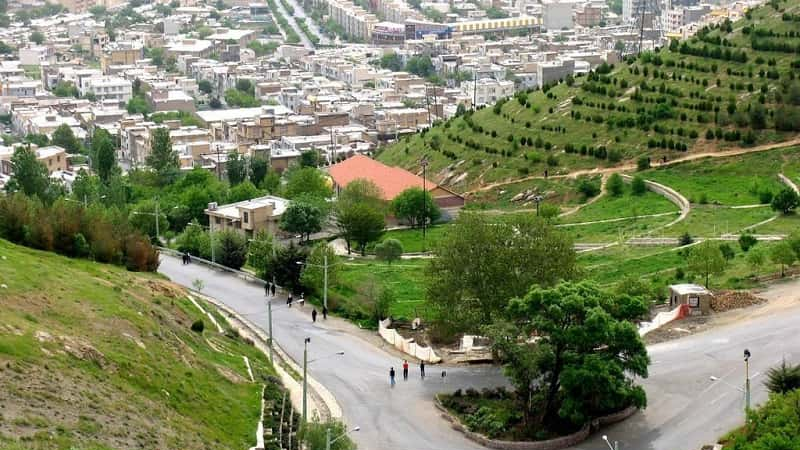
Jame’ Mosque of Sanandaj
Jame’ Mosque of Sanandaj, which is also called “Dar al-Ehsan”, is one of the old mosques of this city and has very beautiful tile decorations.
History of the Jame’ Mosque of Sanandaj
According to some historical sources, Amanullah Khan Ardalan, who was the governor of Kurdistan during the Safavid era (1501 to 1736 AD), had this mosque built over the ruins of an older mosque in the year 1227 AH (1812 AD) and made it into a Jame’ Mosque.
The numerous chambers that exist in the Jame’ Mosque of Sanandaj show that this place was once upon a time used as a seminary and, therefore, this Jame’ Mosque is also known as “Madreseh-ye Tollab” (lit. School of Seminary Students).
The seminary students who were studying religious sciences in this place did not have to pay any fees for their studies and these expenses were from the sales of produce from an orchard named “Khalichian” which still exists in the northern part of Sanandaj.
Some parts of this mosque, including the minarets and the tiling works, which had been partly damaged due to natural factors, were restored with the support of the people, during the rule of “Mozaffar Khan Sardar Entesar”.
The Architecture of the Jame’ Mosque of Sanandaj
In terms of architecture, this mosque can be categorized among the buildings with two porches. One of these two porches faces the east and the other faces the Qiblah (southwest). The eastern porch is a passage to access the shabestan (nave) of the mosque and the southwest porch houses some chambers and corridors, and an entrance.
Both porches of the Jame’ Mosque of Sanandaj are decorated with Qur’anic verses in the form of inscriptions. A poem by “Mirza Fathullah Khorram Kordestani”, a local poet who lived during the construction of the mosque, is engraved on the walls of the eastern porch. Seven-color decorations, glazed bricks, and Qur’anic inscriptions are abundantly seen in this building. About two-thirds of one part of the Holy Qur’an (each part is equivalent to 1/30th of the total text of the Qur’an) is written on the inscriptions.
The other parts of this mosque include its central courtyard with 12 chambers around it and a pillared nave with 24 spiral-shaped stone columns.
The Unique Features of the Jame’ Mosque of Sanandaj
Certain special points have been taken into consideration in the design and architecture of the Jame’ Mosque of Sanandaj. For example, the place where the mosque has been built is higher than the other parts of the city, and because of this, its minarets can be seen from every part of the city. Since this mosque was also meant to be a place for the gathering of all people, it was built in a place that people could easily access. This mosque is also known as the tomb of some famous people, including Fakhruddin Yamin Mardukhi (a poet and political activist from Kurdistan) and Seyyed Mohammad Reza Kurdestani (Mirzadeh Eshghi, an Iranian poet who was assassinated in 1923 AD).
Decorations of the Jame’ Mosque of Sanandaj
The Iranian architectural art is beautifully manifested in the Jame’ Mosque of Sanandaj. The seven-color enamel tiles, marble plinths, glazed bricks in turquoise color, dark blue and black colors, stone ponds and beautiful fountains, and spiral-shaped columns have made this mosque important in terms of architecture. The use of these types of columns in the Jame’ Mosque of Sanandaj evokes the style of construction of the Vakil Mosque in Shiraz. The body of the columns contains tiles with Quranic verses on inscribed them. While only a few of the columns of similar buildings were usually decorated, all the columns of this mosque have been decorated with the art of stone carving.
Sanandaj City being rather cold in terms of its climate, the tiling used in this complex also has the role of insulation to prevent the outward leakage of heat. Plaster work has also been used to decorate the mosque. These stucco moldings do not exist in the niche of the mosque anymore and have been replaced with plaster chandeliers.
The doors and windows of the Jame’ Mosque of Sanandaj, especially the doors and windows of the chambers, are made of walnut wood and decorated with knot-shaped designs. The knots have geometric designs and have been arranged in the form of eight squares.
The Jame’ Mosque of Sanandaj was inscribed on the list of Iran’s national heritage in the year 1996 AD.
The place where Jame’ Mosque of Sanandaj has been built is higher than the other parts of the city, and because of this, its minarets can be seen from every part of the city.
| Name | Jame’ Mosque of Sanandaj |
| Country | Iran |
| State | Kurdistan |
| Type | Historical |
| Registration | National |
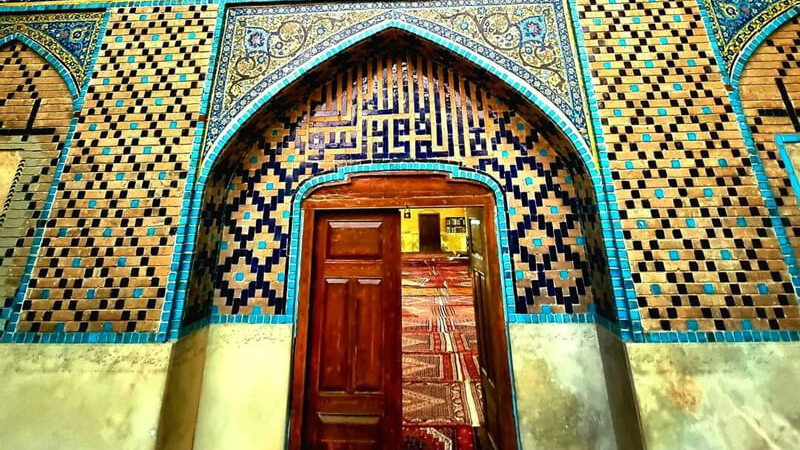
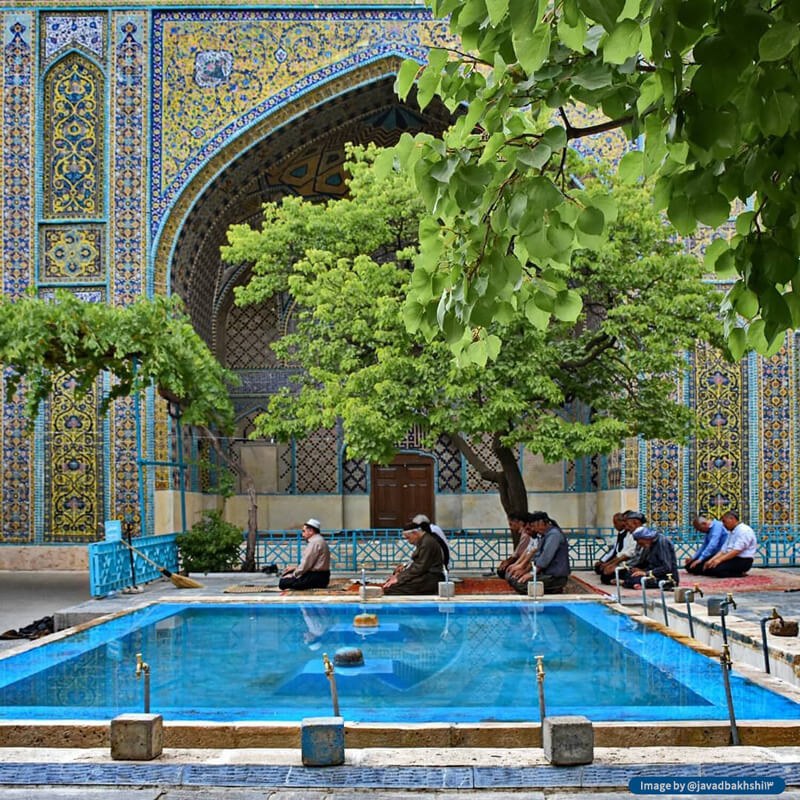
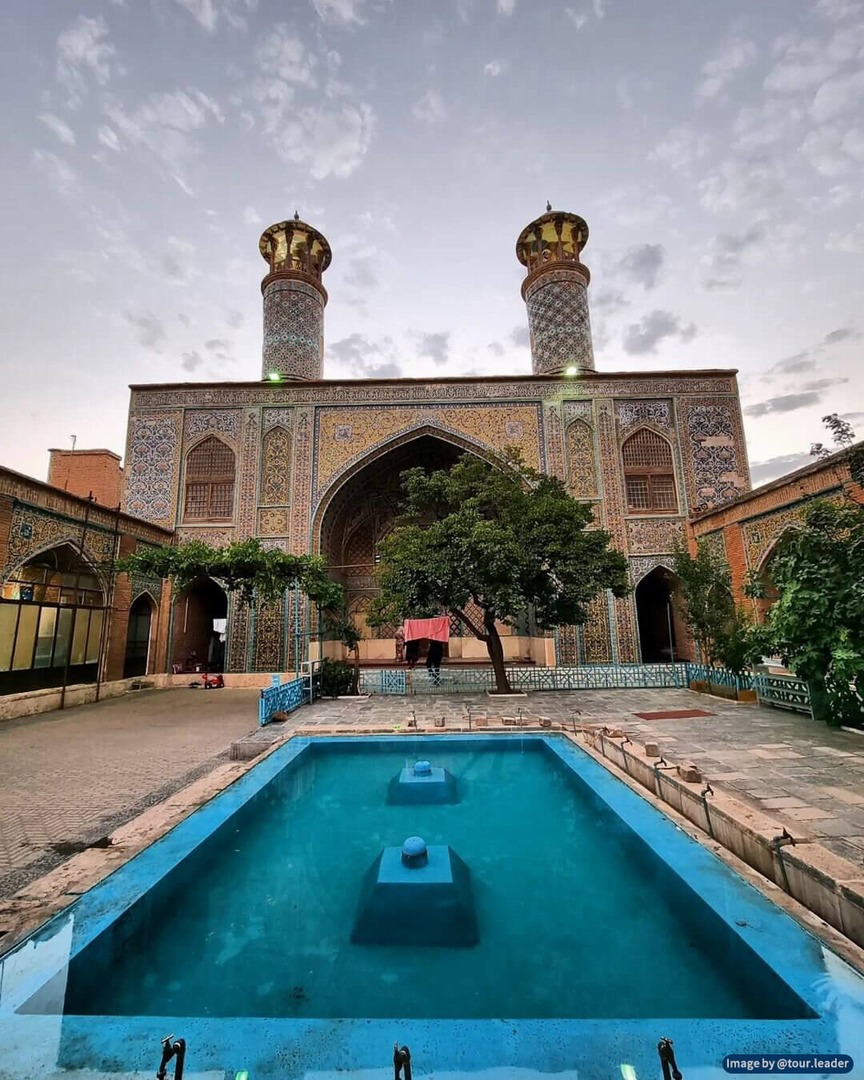





Choose blindless
Red blindless Green blindless Blue blindless Red hard to see Green hard to see Blue hard to see Monochrome Special MonochromeFont size change:
Change word spacing:
Change line height:
Change mouse type:
